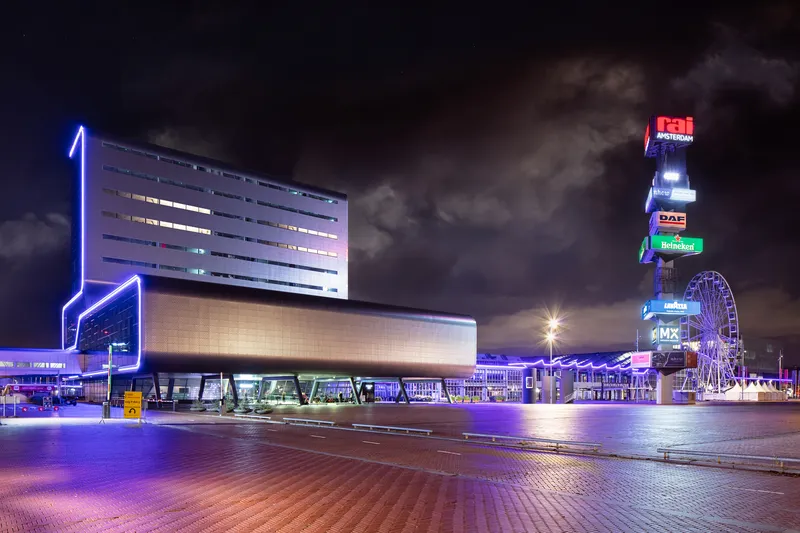London’s Tube network now carries over a billion passengers a year and demand keeps growing. Much of the infrastructure is very old, some dating back to the 1860s, so a major upgrade to increase capacity is essential. Transport for London has already upgraded the Jubilee and Victoria lines and significant progress is being made on the Northern line and also with the delivery of new trains, tracks and signals for the sub-surface railway – the Metropolitan, Hammersmith and City, District and Circle lines. Upg
August 13, 2013
Read time: 2 mins
London’s Tube network now carries over a billion passengers a year and demand keeps growing. Much of the infrastructure is very old, some dating back to the 1860s, so a major upgrade to increase capacity is essential. 1466 Transport for London has already upgraded the Jubilee and Victoria lines and significant progress is being made on the Northern line and also with the delivery of new trains, tracks and signals for the sub-surface railway – the Metropolitan, Hammersmith and City, District and Circle lines. Upgrades on the remaining ‘deep tube’ lines – the Bakerloo, Central, Piccadilly and Waterloo and City – lie ahead.
The forthcoming Institution of Engineering and Technology (IET) London Area meeting on 4 September will feature a talk by Andy Guest, London Underground’s chief programme engineer for the Deep Tube Programme. The talk will discuss the feasibility stage of this project, and give an insight into the challenges posed by bringing world-class engineering and new technology to an infrastructure introduced in the 19th century.
Venue is the Adelaide pub, Park Road, Teddington, TW11 0AU at 7pm.
The forthcoming Institution of Engineering and Technology (IET) London Area meeting on 4 September will feature a talk by Andy Guest, London Underground’s chief programme engineer for the Deep Tube Programme. The talk will discuss the feasibility stage of this project, and give an insight into the challenges posed by bringing world-class engineering and new technology to an infrastructure introduced in the 19th century.
Venue is the Adelaide pub, Park Road, Teddington, TW11 0AU at 7pm.








